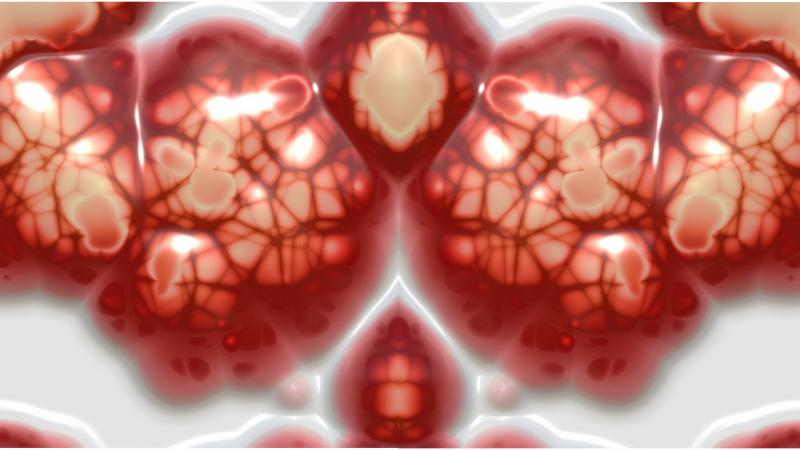
An interdisciplinary study by scientists from the Indian Institute of Technology Bombay and the Francis Crick Institute, London, United Kingdom, has attempted to understand and model the role of asymmetry in the process of cell division in eukaryotic cells—cells with a nucleus enclosed within a membrane—using the roundworm (Caenorhabditis elegans) embryo. The findings of the study is published in Biophysical Journal.
Symmetry is a profound phenomenon observed in many organisms in nature—birds, butterflies, animals and we too are symmetrical. However, the basic process of cell division, which makes up all of these organisms, is highly asymmetrical. In this process, a parent cell splits into two by folding its cell membrane inward roughly at the centre. Then, it forms a ring-like structure that contracts, pulling the cell membrane inwards. The cell membrane closes in like the shutter of a camera, pinching off the mother cell into two daughter cells.
In this study, the researchers have developed a mathematical model that explains this asymmetrical phenomenon of cell division in the roundworm embryo. They predict that the force exerted on the cell membrane by proteins like anillin and septin, during the process of cell division, is the primary reason behind the asymmetric ring closure. They further add that if these proteins flows towards the ring symmetrically, they can force the asymmetrical ring to close symmetrically. It just like trying to crush a can of coke. If you apply equal pressure with all your fingers on the can crush, the can gets evenly crushed from all sides. However if you crush it using pressure from only one side, you will observe a depression on only one side.
The study and its findings can be used to decode the mysteries behind various other asymmetrical patterns of growth observed in nature.






